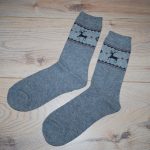Hunting has been around a long time. According to Britannica, hunting as many know it today began in ancient Greece. Various game were hunted to provide food, fuel and materials to make clothing and blankets. In the Middle Ages, hunting was the privilege of nobility and linked to land ownership. Hunting is now strictly regulated in many countries and is typically used as a way to control wildlife populations that would otherwise overrun certain areas.
Hunting limits and clearly defined hunting seasons are often spelled out in detail in local hunting laws. Wildlife commissions across states, provinces and territories set up strict time periods that govern which game can be hunted. Legislation also dictates size limits and the amount of game that can be killed. The North Carolina Wildlife Resources Commission breaks down hunting seasons into big game, waterfowl, small game, and webless migratory game birds. Seasons vary depending on where hunters live.
The hunting education resource Hunter-Ed says hunting seasons are determined by the type of animal, the environment and animal characteristics like mating season. Wildlife biologists in various regions study animal populations and make recommendations on hunting seasons. “Open season” is when a species may be legally hunted, and tends to coincide with when the population of that species is at its highest, without interfering with breeding times.
Many hunters eagerly await “opening day” so they can start their hunting right away. The season is “closed” when hunters are no longer allowed to go after that game. Food shortages, extreme temperatures and low population numbers may affect season duration. Archery seasons tend to begin before firearm seasons in many states. Hunting outside of seasons is known as poaching and is punishable by law.
Turkey is typically hunted in the spring or fall. Migratory waterfowl hunting tends to open in late September and early October. The seasons to hunt deer, and their close cousins like caribou, moose and reindeer, open in late September and early October, continuing into November for firearms hunting. However, according to the hunting guide CleverHunters.com, deer seasons open up in the summer in Florida, South Carolina and Idaho.
Hunters will be required to obtain a hunting license. At the time of licensure, hunters also may be given tags for their game animals. A tag is a physical permit the hunter carries with him or her that must be attached to an animal immediately after it is felled. Hunters are reigned in by the number of tags they have, which will coordinate with game limits. The tag will need to be completed with the date and time of harvest and the location.
To learn more about hunting seasons where you live, contact your local fish and wildlife organization or visit www.huntingseasonhq.com for a state-by-state listing of hunting seasons.

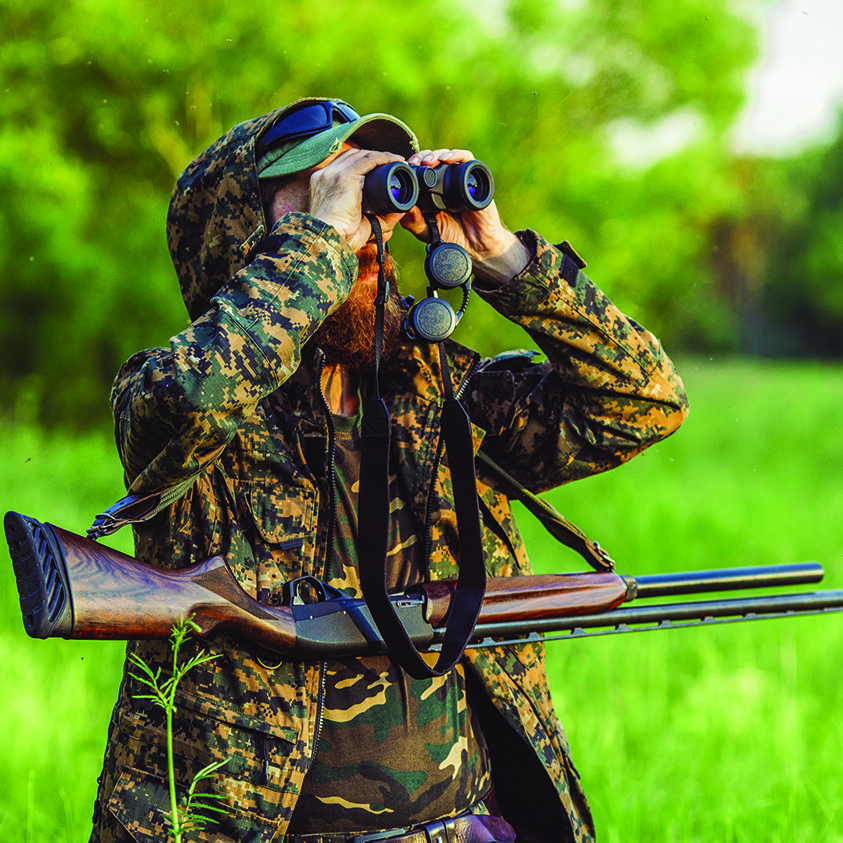
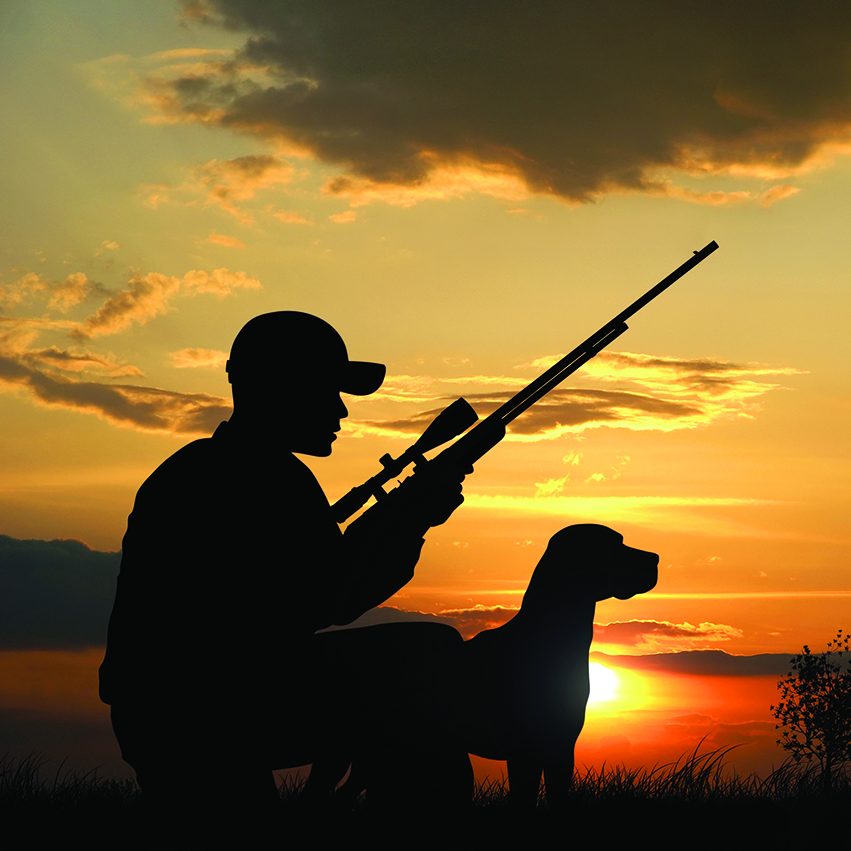



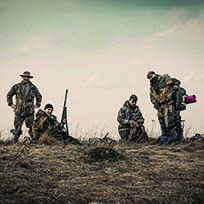
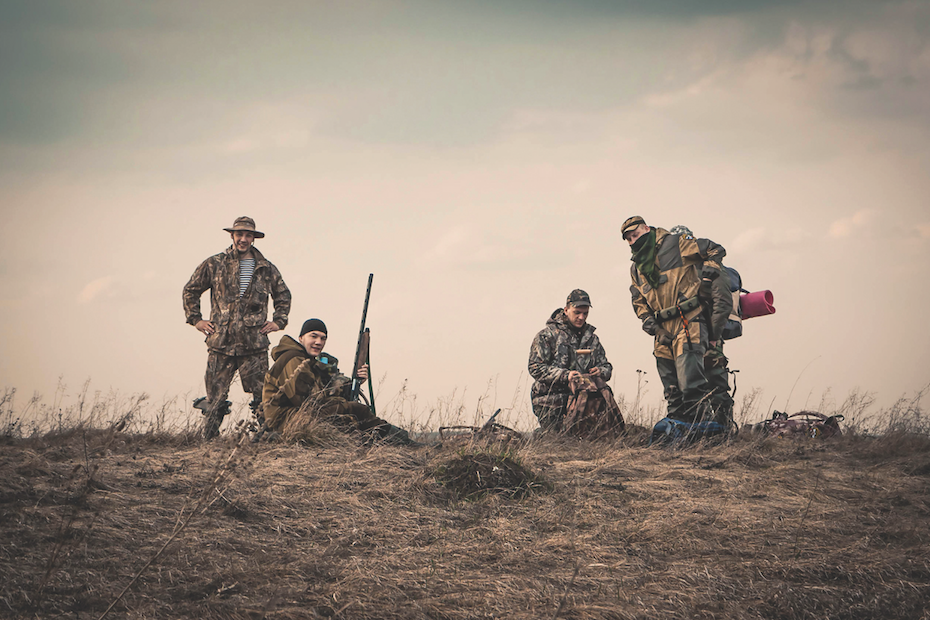
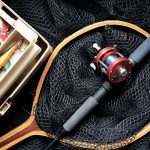 · Waders: Anglers sometimes need to get up close and personal with their prey. A sturdy pair of breathable waders is ideal for those who venture out of the boat or off of the coast.
· Waders: Anglers sometimes need to get up close and personal with their prey. A sturdy pair of breathable waders is ideal for those who venture out of the boat or off of the coast.